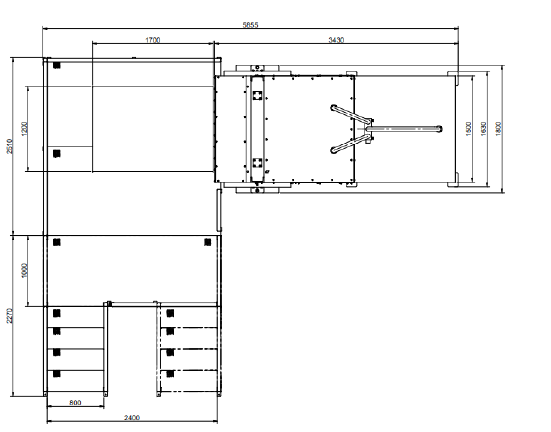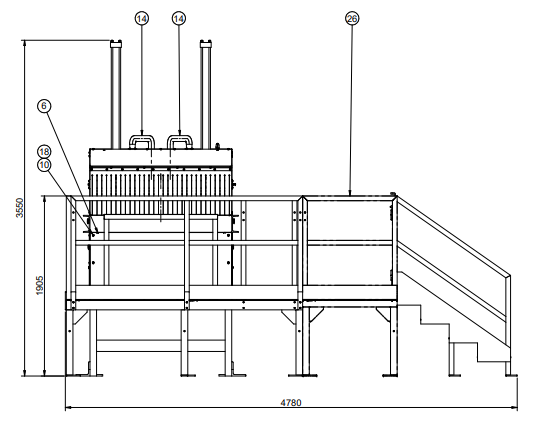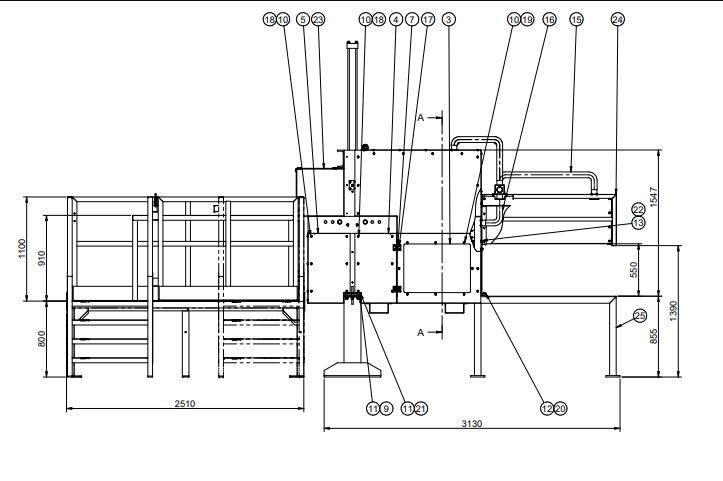WEEE-Recycling anlage ermöglicht je nach gewählter Konfiguration die Behandlung von kleinem und mittlerem Elektroschrott mit einer Kapazität von bis zu 300-500 kg/h am Einlass. Die MINI WEEE-Recyclinglinie ermöglicht die Rückgewinnung von Eisenfraktionen und Nichteisenmetallen, wodurch manuelle Vorgänge erleichtert werden, um das Recycling von Elektro- und Elektronikschrott rentabler zu machen. Die MINI WEEE-Recyclinglinie wurde für Betreiber in der Recyclingindustrie entwickelt und konzipiert, die relativ kleine Mengen von WEEE-Abfall behandeln möchten, aber die Notwendigkeit verstehen, einige Phasen des Prozesses zu mechanisieren und zu automatisieren. Die MINI WEEE-Recyclinglinie ermöglicht es, eine Mischung von Metallen zu erhalten, die von den Eisenfraktionen und von den Kunststofffraktionen getrennt werden. Die MINI WEEE-Recyclinglinie wurde so konzipiert, dass die Erweiterung des Systems durch Hinzufügen zusätzlicher Mahlvorrichtungen und Abtrennung der Metallfraktion möglich ist.
Weitere von Stokkermill Recycling Machinery entworfene und hergestellte Recyclinganlagen:
- Elektrische und elektronische Geräte und Raffinerielinien (WEEE)
- Aluminiumverarbeitungs-/Raffinationsanlagen und -linien
- Altfahrzeugbehandlungsanlagen/-linien
- Behandlungslinien für Festplatten
- Toner-Recycling-Anlagen und -Linien
- Anlagen und Linien zum Recycling von Solarmodulen
- Kabelrecyclinganlagen und -leitungen
- Verarbeitungsanlagen und -linien für elektronische Karten von PCB
- Recyclinganlagen und -linien für Kaffeekapseln
- Zerkleinerungsanlagen und Sortierlinien















